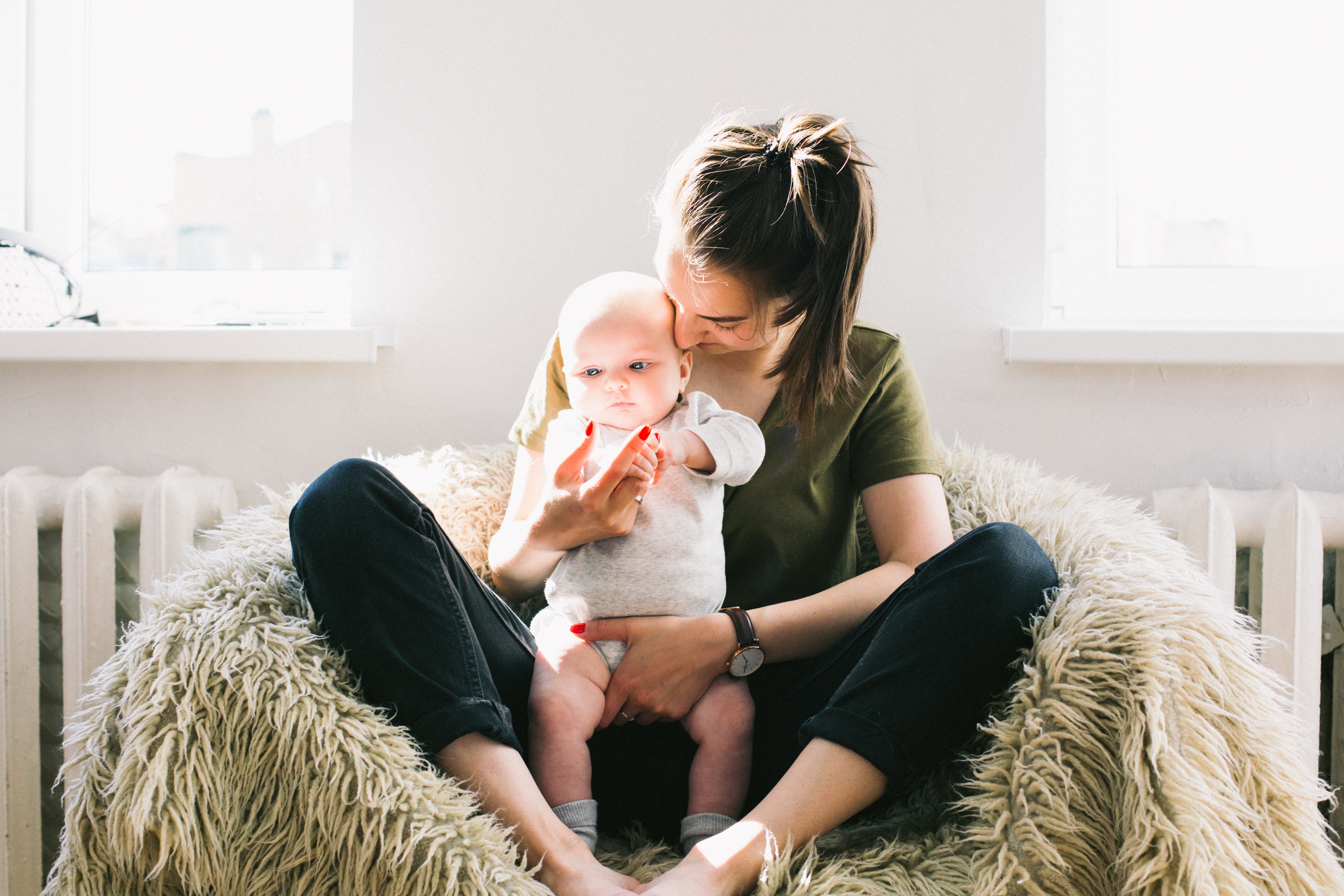A few weeks after the birth of my daughter, I attended a yoga class, eager to get back into my physical fitness routine. But it only took one three-legged dog pose before my body reminded me that it wasn't ready. I had to take a step back and reassess the best way for me to regain my former strength, balance, and stability.
It's common for women to experience problems after pregnancy, whether it's been one month or one year since giving birth. Postpartum physical therapy addresses a variety of issues, from Diastasis Recti to hip pain. If you're ready to make your health and wellness a priority, consider the following tips:
Take Baby Steps
Just as your child has to crawl before they can walk, it's important to start slow with exercise and build your way back up to a normal routine. Regardless of whether you had a vaginal or cesarean delivery, your pelvic and core muscles need time to return to their previous strength after months of stretch and strain. For the first six weeks following delivery, you should rest and recover as much as possible, but gentle exercises like walking and diaphragmatic breathing are safe and appropriate if you feel up to it.
Six weeks after childbirth, a follow-up appointment with your OB/GYN or midwife is a great time to check whether you are medically well and able to resume regular exercise. Your physical therapist can make sure you are safely activating the right muscles, helping you reestablish your foundation to ensure you healthily progress to higher fitness levels over time.
Set Realistic Goals
It's normal to want to jump right back into your preferred activities, but even if you were very accomplished at your sport, imagine just for a while you are a novice and have to train back up to peak performance. Whether it's on your own or working with your physical therapist, set reasonable wellness goals that you know you can achieve within the next few months.
Start by retraining your basic foundational muscles and gradually building complexity and intensity over several weeks. Resist the temptation to prove that you can do high-level activities like double-unders or kettlebells in the weeks after your baby arrives. If you engage in higher impact activities too soon after childbirth, you can put yourself at risk for incontinence or prolapse.
Manage Expectations
Check in with yourself and be mindful of how you feel. If you're feeling tired, instead of going for a run, choose a more restorative practice like gentle yoga or a walk. While the human body has an amazing capacity to heal, it goes through a lot with pregnancy and childbirth and will need some time to return to its prior level of functioning.
While there are many variables and no strict timeline, most women can resume previous activity levels 16 weeks after having a baby, as long as the pelvic floor muscles have returned to normal. A pelvic floor physical therapist can assess these muscles to help determine if they are in the right shape to get back to your regular exercise routine.
Carve Out Time
After a baby arrives, moms face significant barriers to resuming physical activity. They may be feeling overcome with fatigue or lack motivation or confidence from spending all their spare time taking care of their baby. When it comes to fitness after having a baby, you have to be proactive.
While it can be hard to break away when life demands you elsewhere, it's just as essential to care for yourself so that you can meet those demands. Set aside specific days and times to work out so you can schedule in your exercises when it's most convenient. You'll likely be more successful at resuming fitness if you have support and a prearranged plan. Every woman deserves some time for self-care, so make it a priority.
After my early post-natal exercise reality check, I was able to step back and follow some of my own advice. Now, after months of a smarter practice, I have the strength, stability and, balance to resume some more challenging poses like the crow.
Know When to Ask for Help
It may take a while after having a baby for you to feel like yourself again. However, some sensations are not normal. You should consult your pelvic health physical therapist if you experience heaviness in your pelvic floor, notice any leaking or have pain with intercourse.
Every woman's body and needs are different. Discuss your goals with your local SetPT therapist to start building an exercise program created with your postpartum physical therapy needs in mind.





